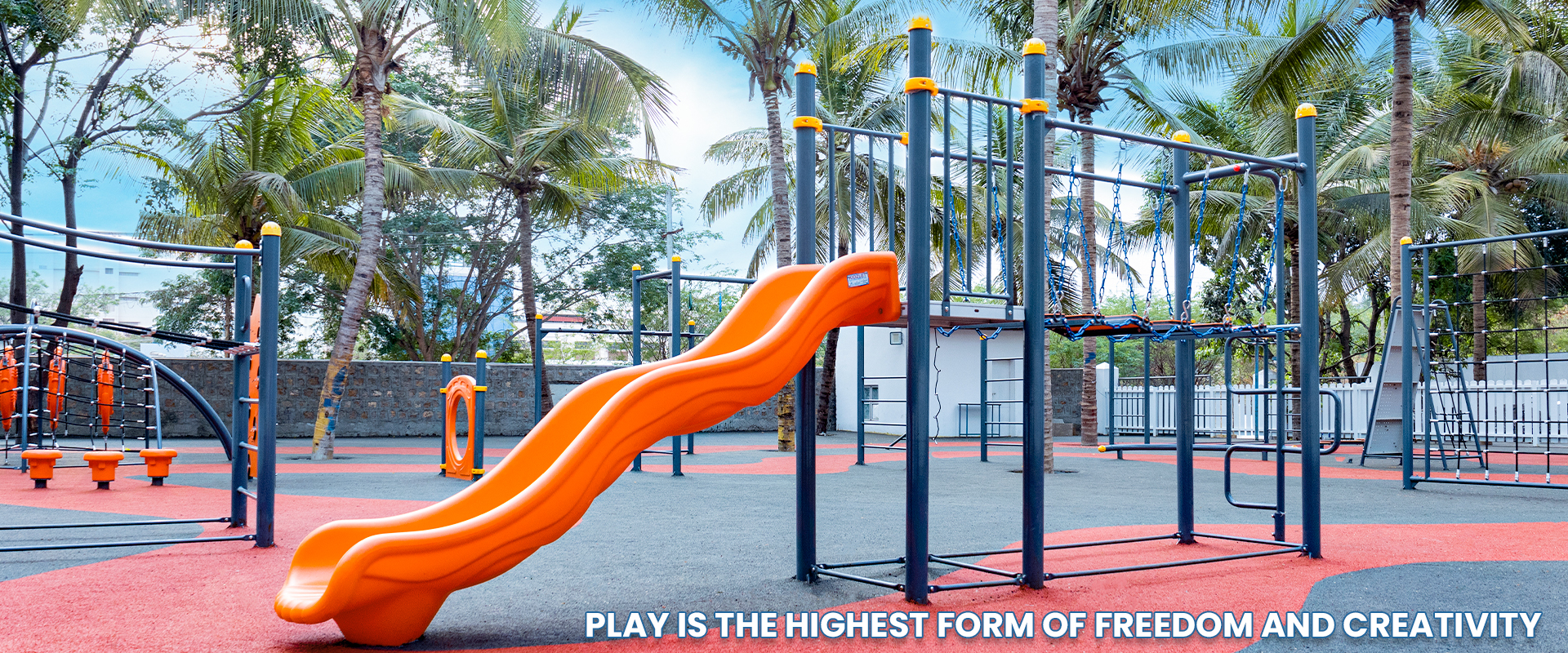When it comes to protecting your garden from deer, choosing the right type of deer fence is crucial. With numerous options available, it can be challenging to determine which deer fencing will best suit your needs. In this unique blog, we will explore the key factors to consider when selecting deer fencing, helping you make an informed decision and safeguard your garden from these persistent grazers.
- Purpose and Budget:
Start by identifying your primary goal for installing deer fencing. Are you aiming for complete exclusion, or do you need a deterrent to reduce deer damage? Consider your budget and how much you are willing to invest in deer fencing. Balancing your needs and budget will guide you towards the most suitable fencing option.
- Local Deer Population and Behavior:
Understanding the behavior of the local deer population is essential when selecting deer fencing. Determine the number of deer in your area and their typical behavior patterns. This information will help you assess the level of protection required and guide you in choosing the appropriate fence height and design.
- Type of Fencing Material:
Deer fencing is available in various materials, each with its advantages and considerations. Some common options include:
a. Metal Fencing: Woven wire or chain-link fences provide excellent durability and strength. They offer a sturdy barrier that can effectively prevent deer from accessing your garden. However, they may be more visually obtrusive and require professional installation.
b. Polypropylene Mesh Fencing: Lightweight and cost-effective, polypropylene mesh fencing is easy to install and less visually intrusive. It can serve as a reliable deterrent, but it may not be as durable as metal fencing and may require occasional maintenance.
c. Electric Fencing: Electric fences can be an effective and flexible solution. They deliver a mild electric shock upon contact, deterring deer from attempting to breach the barrier. Electric fences are often used in conjunction with other types of fencing for added security.
- Fence Height:
Deer are agile jumpers, so fence height is a critical factor. The height of your deer fence should be determined by the size and jumping ability of the deer species in your area. A fence height of at least 8 feet is recommended to discourage deer from attempting to leap over it. If you have a particularly active deer population, consider extending the height or using additional deterrents such as angled extensions or deer netting.
- Aesthetics and Regulations:
Consider the visual impact of the deer fencing on your property. Metal fencing may be more visually imposing, while polypropylene mesh fencing is less obtrusive. Check with local authorities or homeowner associations for any regulations or restrictions regarding fence materials, heights, or designs to ensure compliance.
- Long-Term Maintenance:
Factor in the level of maintenance required for the chosen deer fencing. Metal fencing generally requires less maintenance, while polypropylene mesh fencing may need occasional repairs or replacement. Electric fences require regular checks of the electrical components and battery maintenance.
- Additional Deterrents:
Deer fencing can be complemented with other deterrents to increase effectiveness. Motion-activated sprinklers, noise-making devices, or deer repellents can act as supplementary measures, reinforcing the deterrent effect of the fencing.
Conclusion:
Choosing the right deer fencing involves considering several crucial factors, including your goals, budget, local deer behavior, fencing materials, height, aesthetics, regulations, and long-term maintenance requirements.










